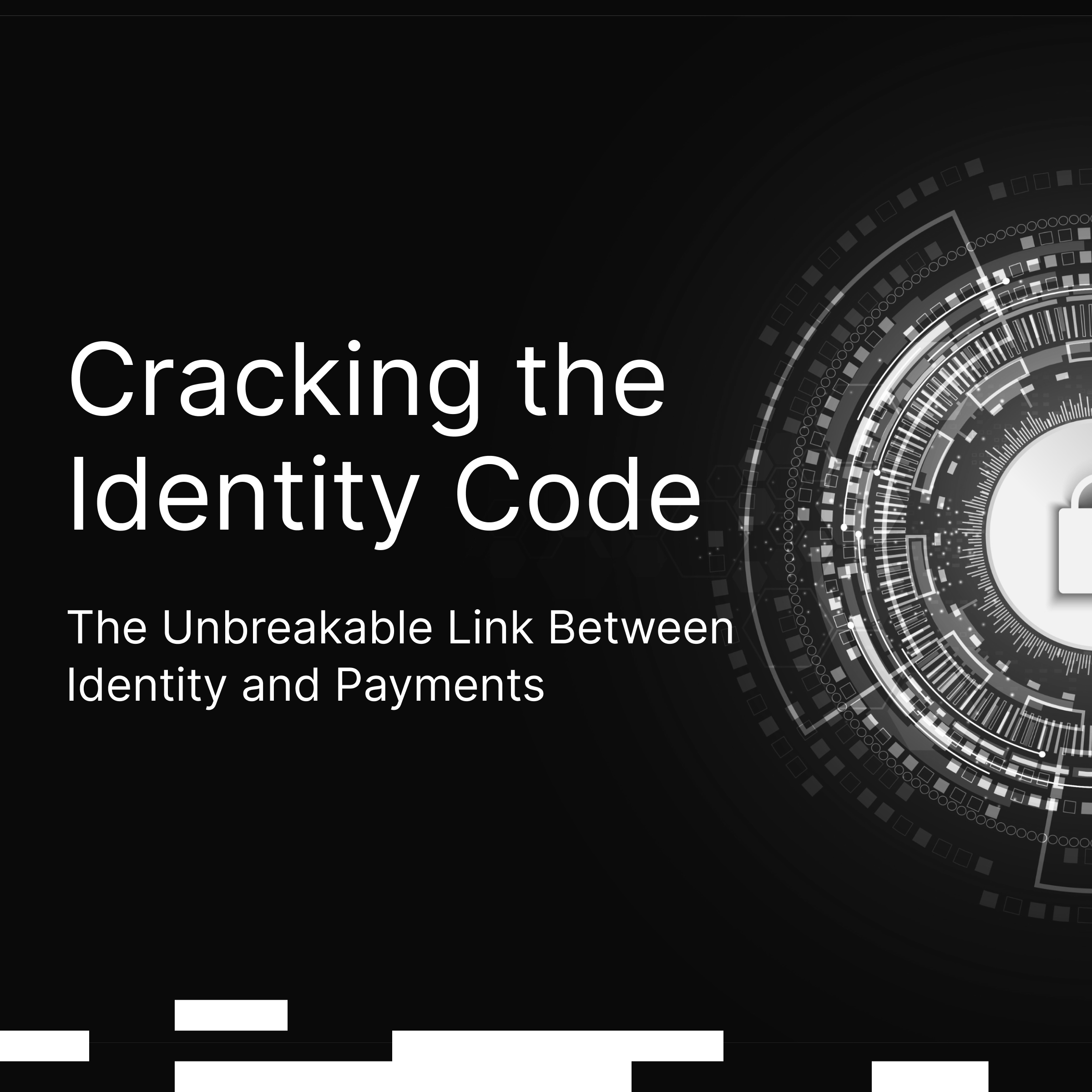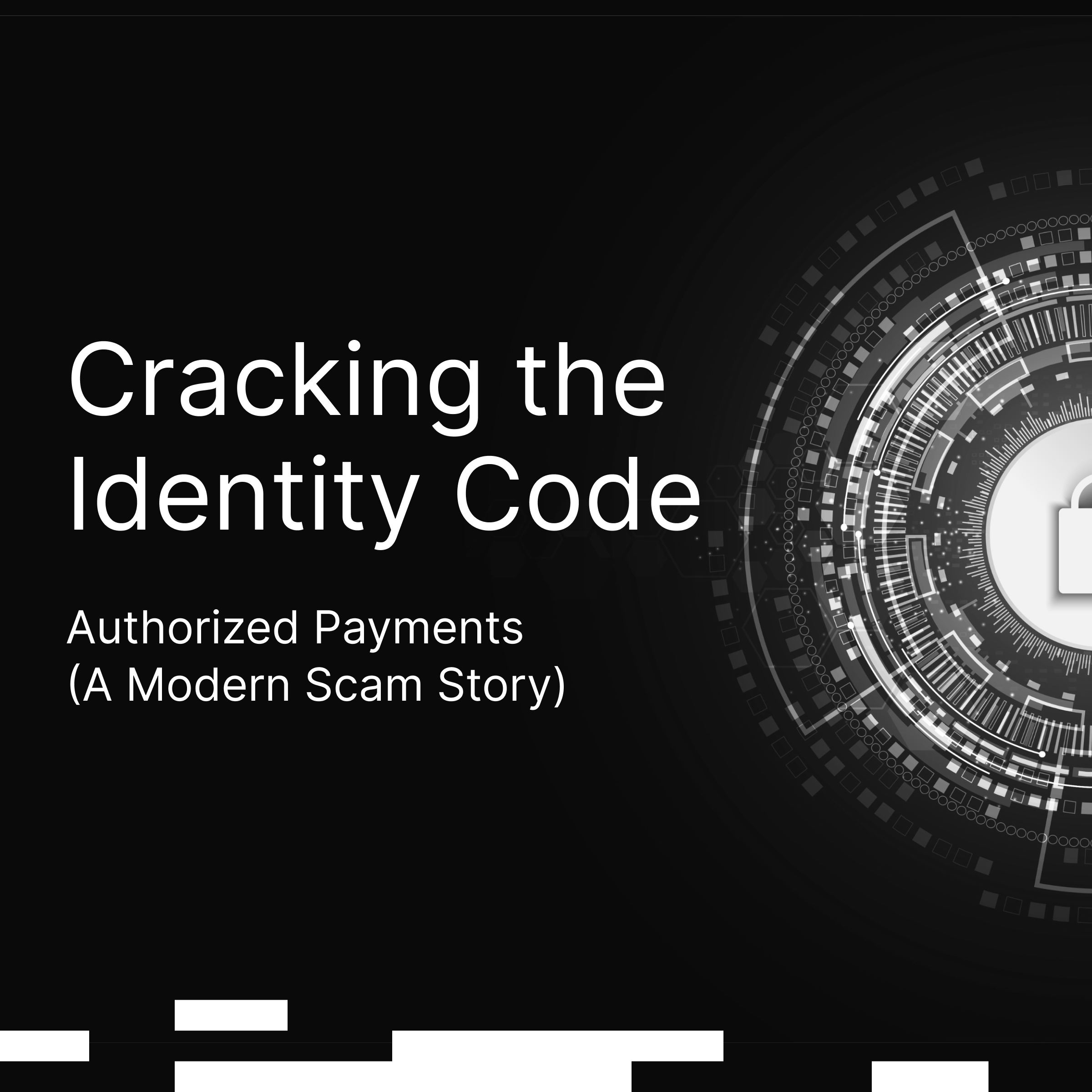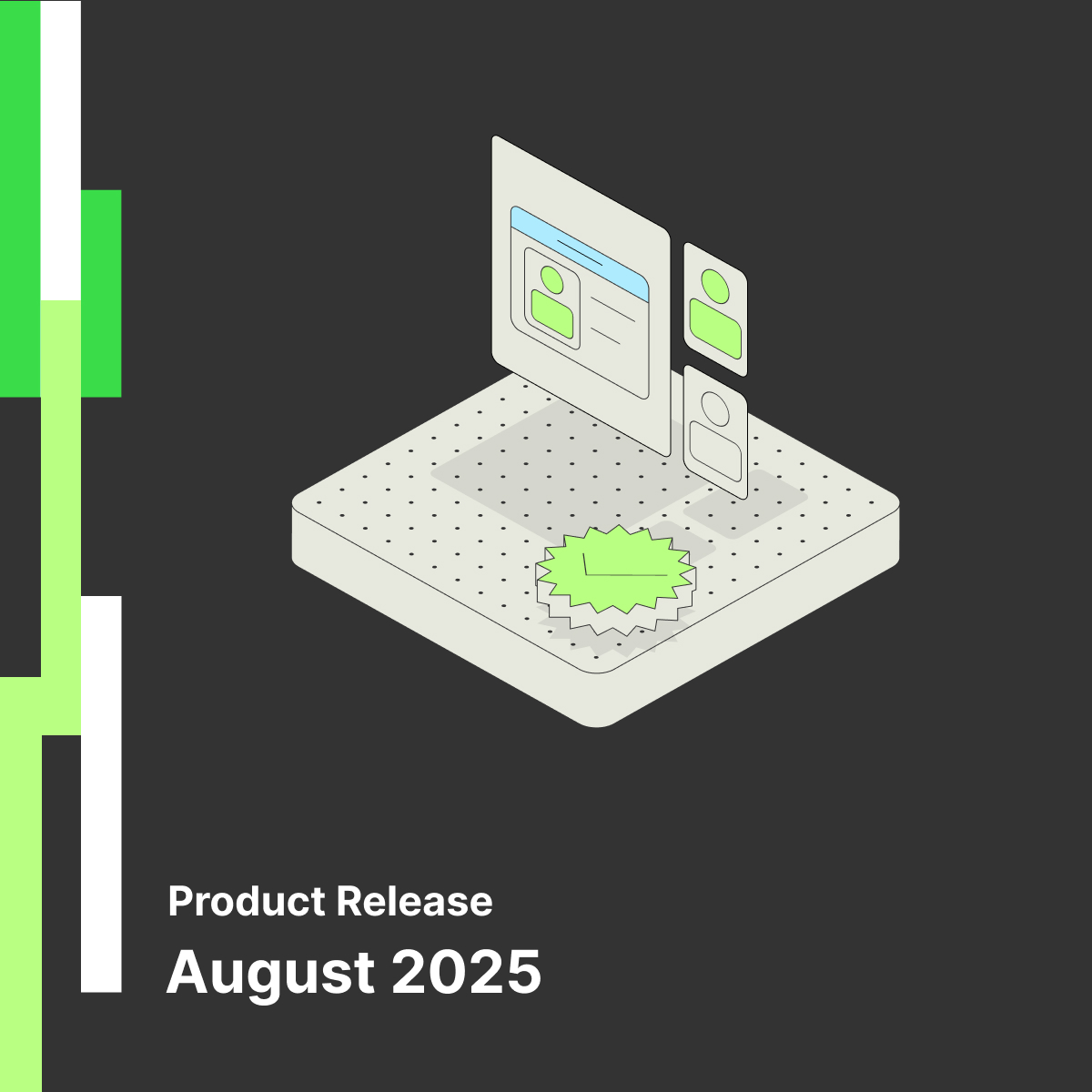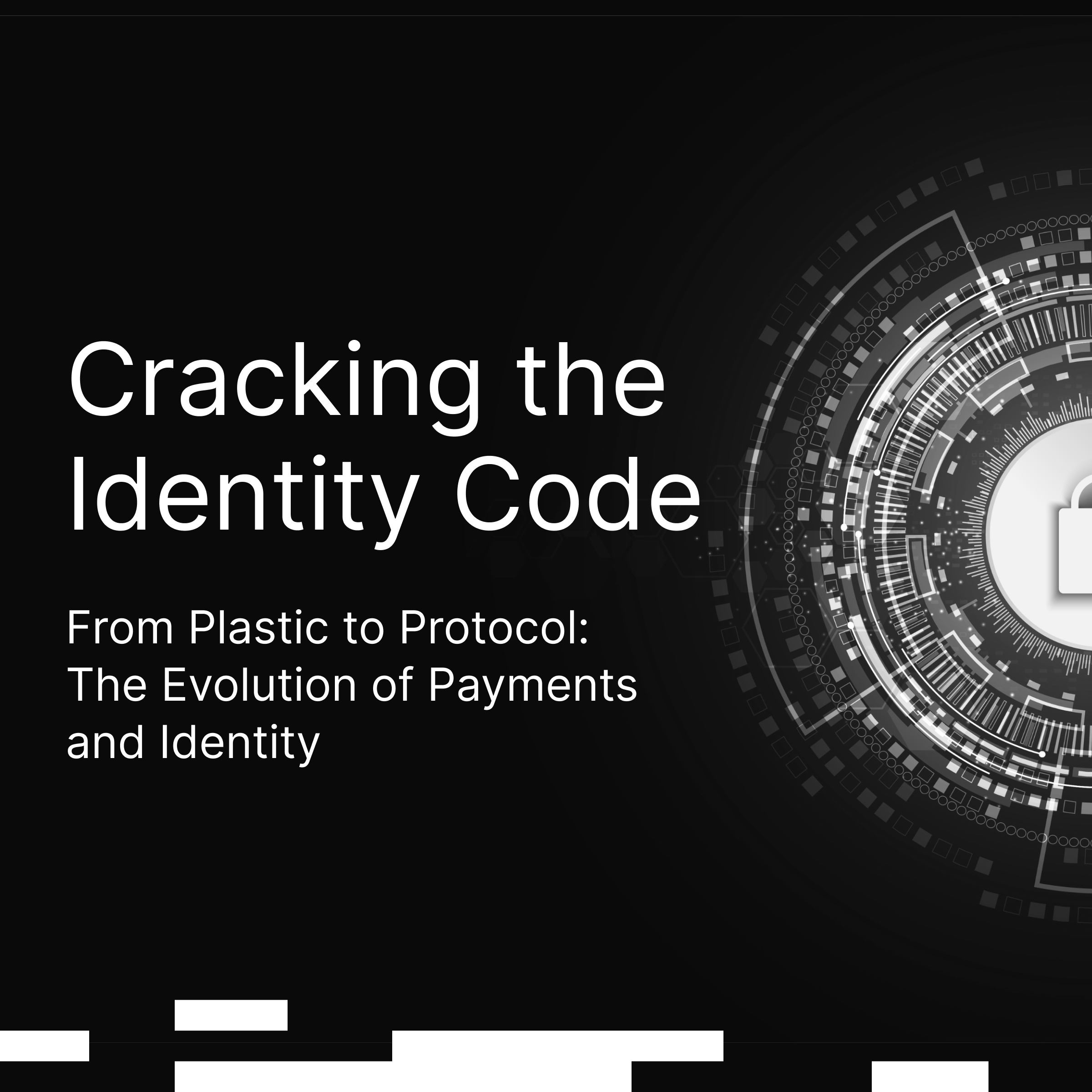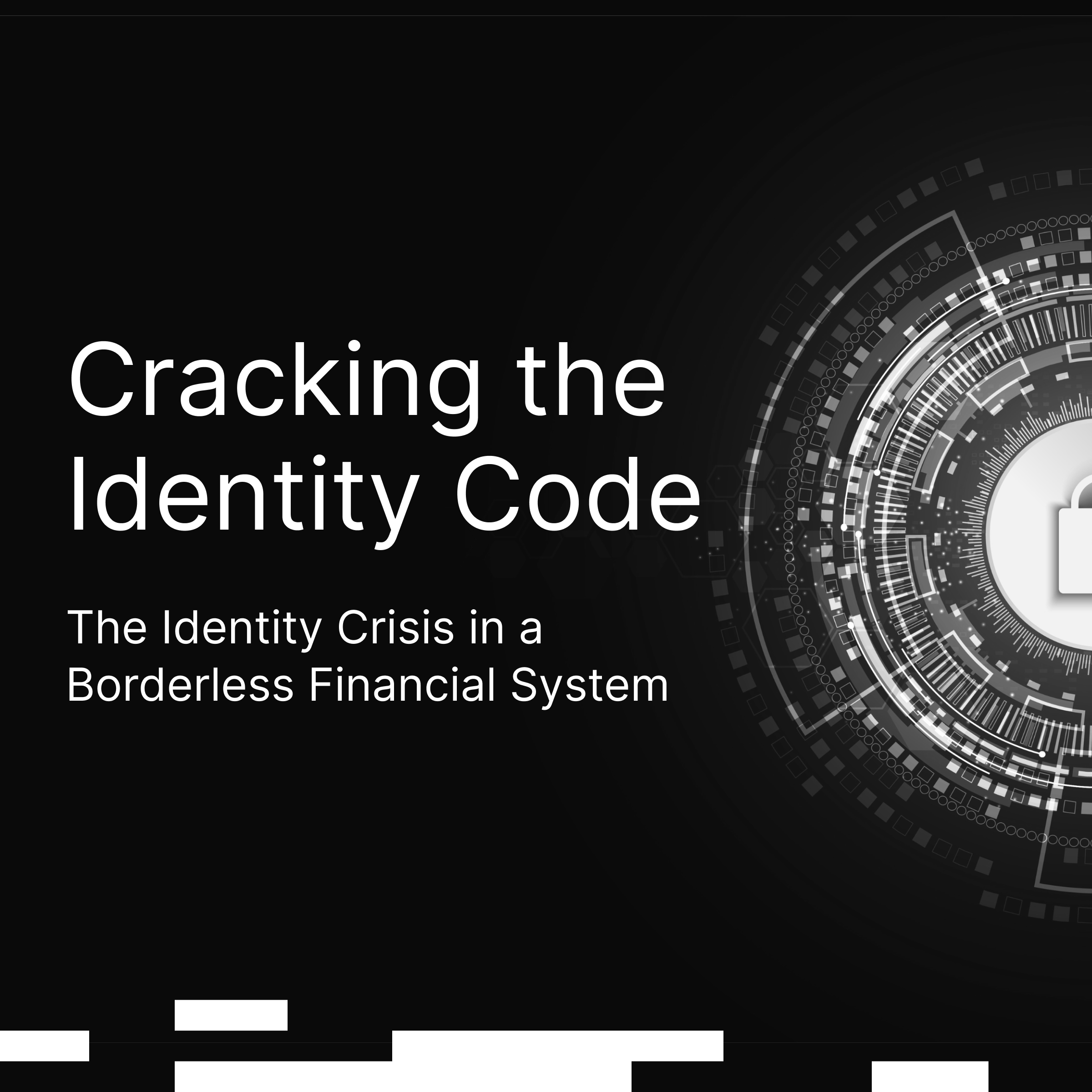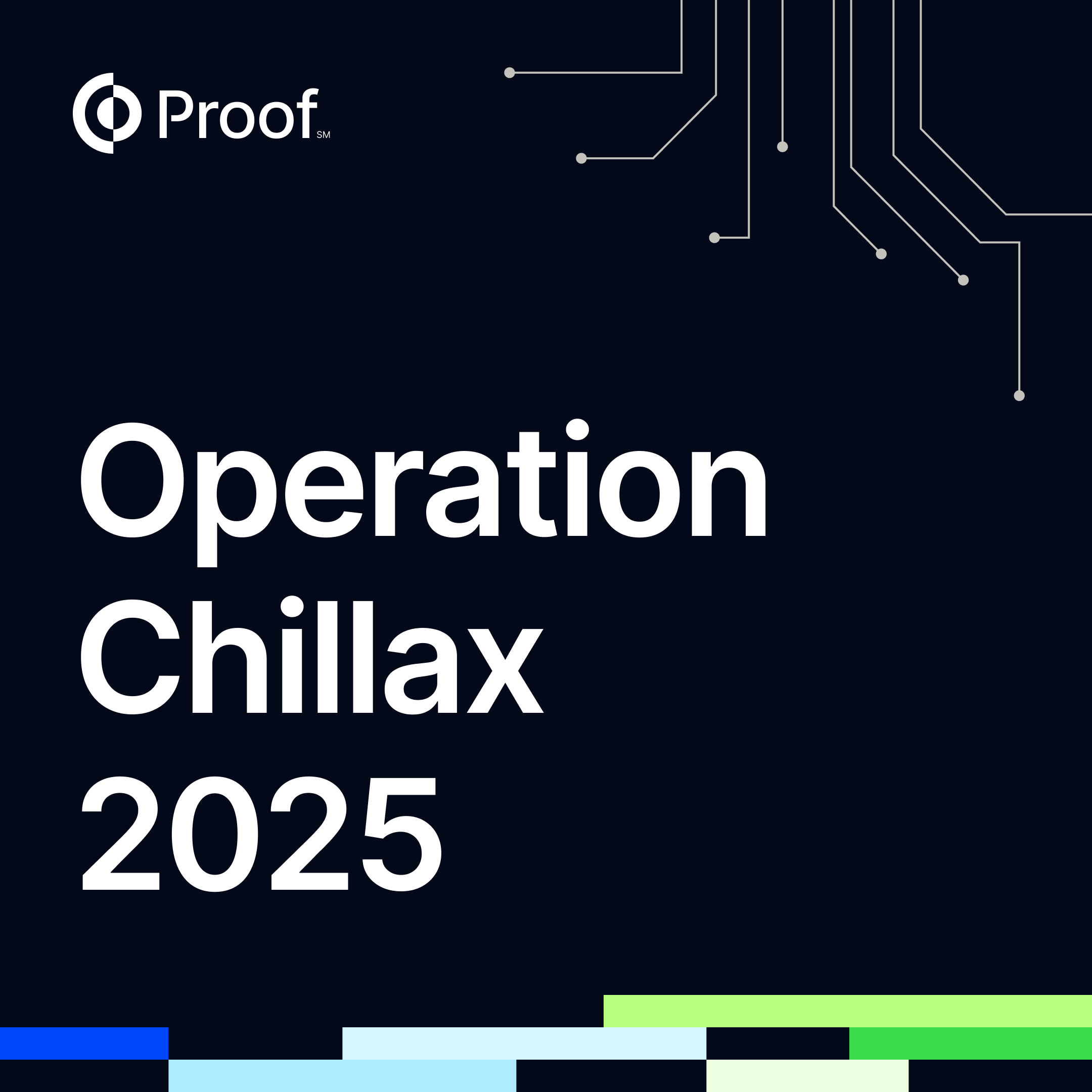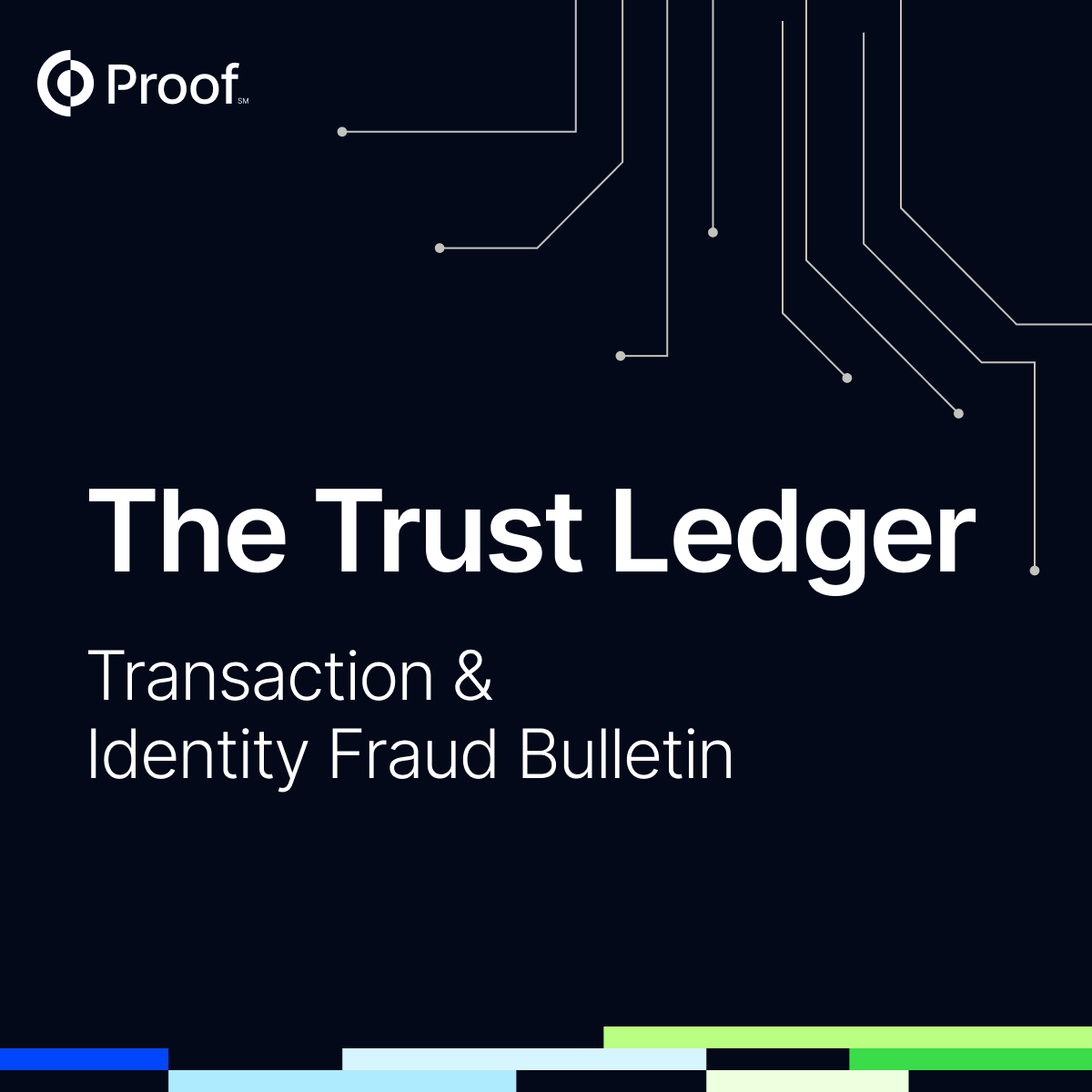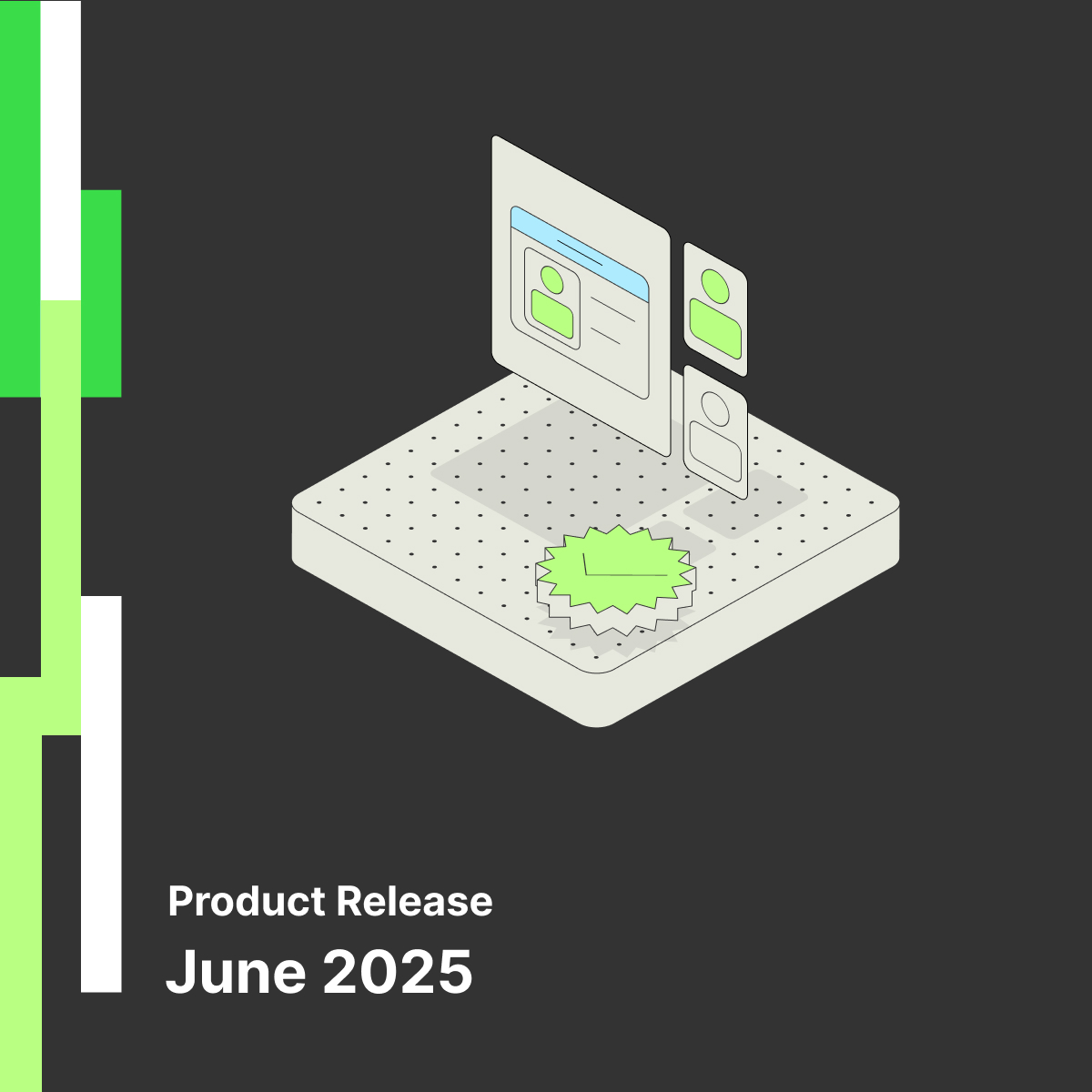The Hidden Threat in Your Hiring Process: Why Traditional Background Checks Are No Longer Enough


The Hidden Threat in Your Hiring Process: Why Traditional Background Checks Are No Longer Enough
Recruiters today have less time, higher bars, and more applicants. The hiring process is not only grueling, but it’s also more vulnerable than ever to fraud. As companies increasingly rely on automation and AI-driven tools to screen resumes and conduct background checks, a new wave of sophisticated scams is exploiting the very systems meant to safeguard hiring. Recent reports, including incidents involving North Korean operatives securing jobs under false identities to fund illicit activities, highlight the growing risks. These incidents serve as a stark reminder that traditional background checks, even those conducted through advanced HRIS and ATS platforms, are no longer sufficient to ensure the security and integrity of your workforce.
The Rise of Hiring Fraud
Hiring fraud is not a new phenomenon, but the methods used by bad actors have evolved dramatically. With the rise of remote work and the reliance on digital hiring processes, it's become easier for individuals to falsify credentials, manipulate AI-driven resume filters, and even pass through background checks undetected. For instance, the Wall Street Journal recently reported on how automation tools can be tricked by AI-generated resumes that mimic real candidates. These resumes can evade detection by even the most sophisticated Applicant Tracking Systems (ATS), leading to unqualified or fraudulent individuals being hired.
Moreover, a recent FBI warning revealed that North Korean operatives have been applying for remote IT jobs using fake identities. By doing so, they infiltrate companies, sometimes in sensitive industries like cryptocurrency, where they can carry out nefarious activities without ever being physically present. These incidents underscore the limitations of traditional background checks, which often rely on outdated or easily manipulated data sources.
Why Traditional Background Checks Are Insufficient
Traditional background checks typically involve verifying a candidate's employment history, education, and criminal record through databases linked to HRIS and ATS platforms. While these checks are a critical part of the hiring process, they are proving inadequate in detecting modern forms of fraud. Here’s why:
- Data Integrity Issues: Many background checks rely on data that may be outdated, incomplete, or inaccurate. Bad actors can exploit these gaps to fabricate or manipulate their profiles.
- Lack of Real-Time Verification: Traditional checks often do not account for real-time changes in a candidate's status or identity, making it easier for fraudulent actors to slip through the cracks.
- No Visual Verification: Perhaps most critically, traditional background checks lack a visual verification component. Without confirming that the person behind the application is indeed who they claim to be, companies are left vulnerable to identity theft and impersonation scams.
The Need for Comprehensive Identity Verification
Given the evolving nature of hiring fraud, HR leaders and CIOs must work together to adopt more robust identity verification processes. This means going beyond traditional background checks and incorporating comprehensive identity verification methods, including visual verification.
Visual verification involves using biometric technology to confirm that the person submitting a job application is who they say they are. By capturing a live image or video of the candidate, companies can compare it with government-issued IDs or other trusted sources. This additional layer of security can help prevent fraudulent candidates from infiltrating your organization.
Benefits of Comprehensive Identity Verification:
- Enhanced Security: Protect your company from hiring individuals with falsified credentials or malicious intent.
- Regulatory Compliance: Ensure compliance with increasingly stringent regulations around identity verification and data protection.
- Improved Trust: Build confidence among your stakeholders that your hiring process is secure and robust.
Partnering for Success
Implementing a comprehensive identity verification process requires more than just technology; it requires the right partner. HR leaders should work with their security teams to seek out solutions that integrate seamlessly with existing HRIS and ATS platforms while offering advanced features like visual verification. These solutions can help ensure that only qualified and legitimate candidates make it through the hiring process, protecting your company from the potentially devastating consequences of hiring fraud.
Conclusion
As hiring fraud becomes more sophisticated, the traditional methods of vetting candidates are no longer sufficient. Business leaders must recognize the limitations of current background check processes and take proactive steps to enhance security. By incorporating comprehensive identity verification, including visual verification, companies can protect themselves from fraud and ensure that their workforce is built on a foundation of trust and integrity. The time to act is now—before your organization becomes the next headline.
→ If you’re ready to strengthen your hiring process with comprehensive identity verification, including visual verification, contact Proof today. Let us help you safeguard your organization against hiring fraud and build a trustworthy team.




































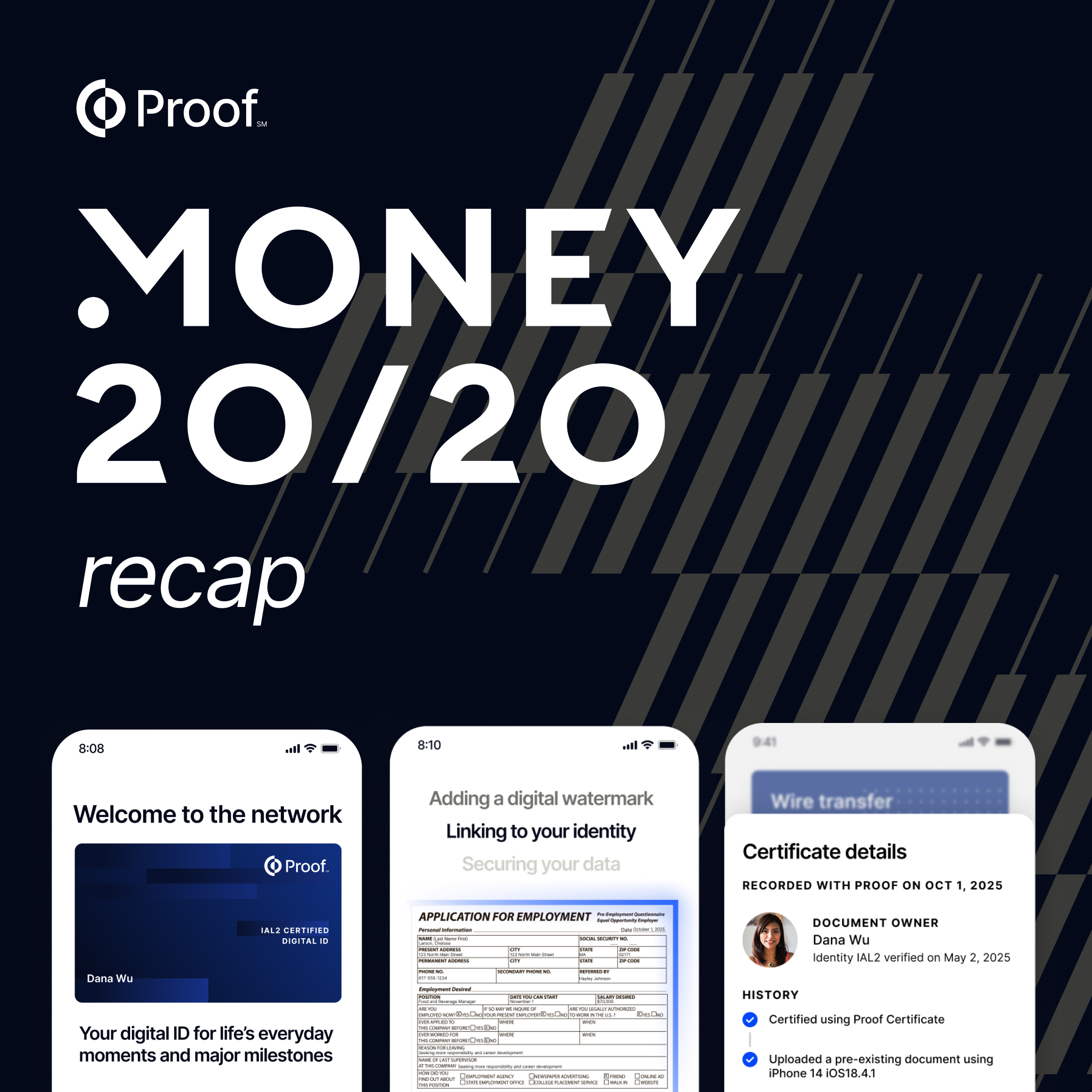





.png)


.jpg)













